Could a raft of new bisexual characters on TV be signalling the end of bi-erasure? There’s still work to do
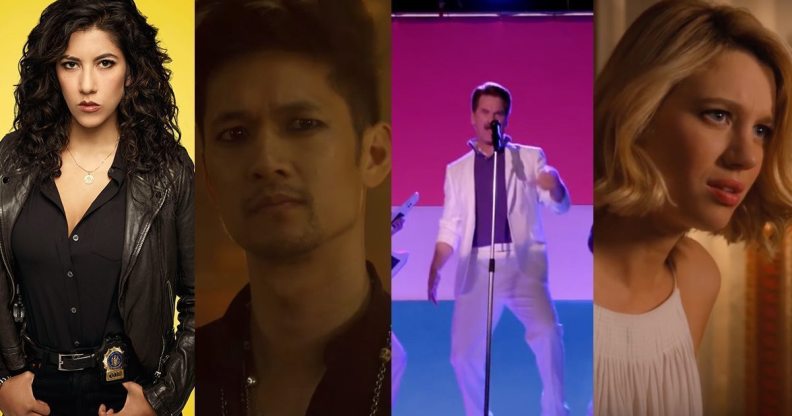
(Fox, Netflix, The CW)
There’s been an increase in bisexual characters on television screens so far in 2018. So it’s the time to ask, are things changing for bisexuals on television?
Bisexuals have long been misrepresented in the mainstream media, or written out of the script entirely. It’s known as bi-erasure. But things seem to finally be changing.
Earlier this month, the CW show Jane the Virgin delighted fans with its decision to give long-established character Petra Solano a female love interest after four seasons.
Jane the Virgin joins the ranks of several shows on multiple platforms which have recently made the decision to include a bisexual character — or two.
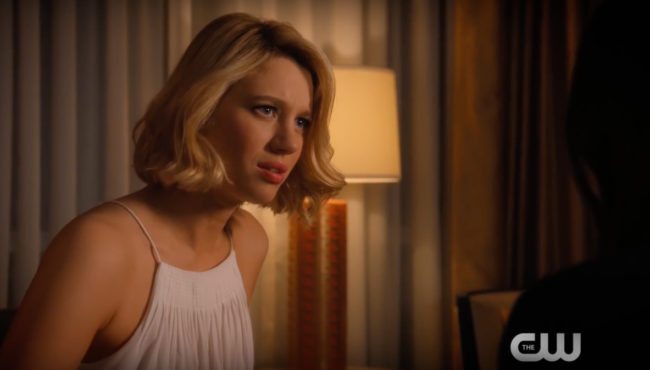
Petra Solano, Jane the Virgin (The CW)
Over the last year, new bisexual characters, or existing characters who have come out as bi, have featured in shows including Jane the Virgin, Madam Secretary, Riverdale, Crazy Ex-Girlfriend, The Crown, Shadowhunters, Constantine, Dirk Gently’s Holistic Detective Agency, and This is Us.
Musical-comedy Crazy Ex-Girlfriend recently made a third character bisexual, busting the myth of the ‘token gay’, where a show will include one LGBT character in isolation, who seemingly has no other LGBT friends.
Most LGBT people could tell you that the ‘token gay’ is rarely the case in real life. (We travel in packs, don’t you know.)
This apparent increase in representation has prompted a lot of questions about representing bisexual people in media, so it’s time to ask — is bisexual representation on television really changing?
Earlier this year, media campaign group GLAAD published their annual report on LGBT+ representation in television.
In the report, which spans from June 2017 to May 2018, GLAAD found that there has been an increase in bisexual characters on all platforms.
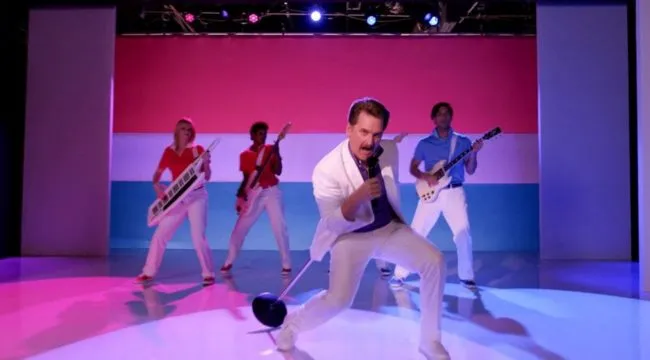
(The CW and Netflix)
The last year of television has included 93 bisexual characters, compared to 83 from the year before.
According to GLAAD, there are also more LGBT characters in total, but a smaller percentage of those are bisexual.
The report says: “Bisexual+ characters make up 28 percent of the LGBTQ characters tracked across all platforms (broadcast, cable, streaming originals), a slight decrease from last year.”
Representation is meaningful to all people who aren’t often seen on television, including bisexual people.
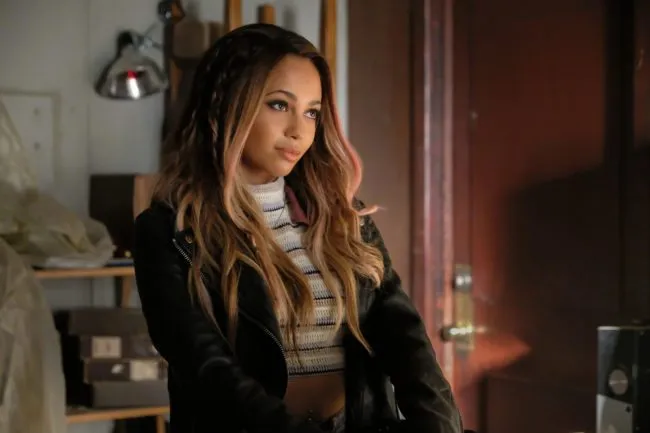
(Netflix)
A 2017 survey found that nine in ten people think there isn’t enough LGBT representation in films, TV shows or other popular culture.
Many respondents said that seeing their identities represented in media helped them realise that they weren’t alone – that there were others like them out there.
One said the experience felt “amazing – like I wasn’t alone and I could finally justify my sexuality to others, because it was right there on the screen.”
Related: One in five millennials now identifies as LGBT+
Stephanie Beatriz, a queer actor best known for playing canon bisexual Rosa Diaz on Brooklyn Nine-Nine, has regularly spoken out about the representation of bisexual people.
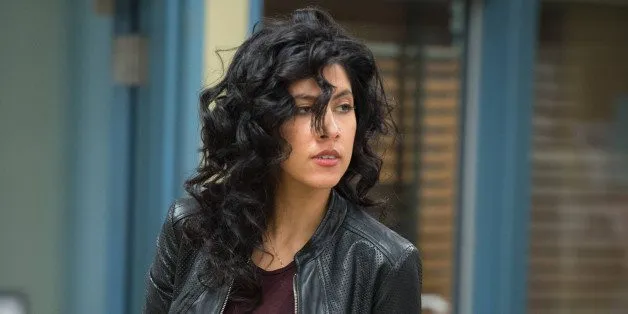
Stephanie Beatriz as Rosa Diaz (Photo by: Eddy Chen/NBC/NBCU Photo Bank via Getty Images)
Speaking to Entertainment Weekly earlier this year, Beatriz highlighted how important it is to have representation on television to bust the many myths about bisexuality.
She said: “There’s a reason that people sometimes think bisexuality is not something that’s a real thing, which is so mindboggling to me, but I can see how that might happen if that access isn’t there.
“How are you ever going to appreciate, I don’t know, the colour blue if you’ve never ever seen it, you’re just going to be terrified of this weird thing — there’s this weird mix of green and yellow, and you don’t understand it at all.”
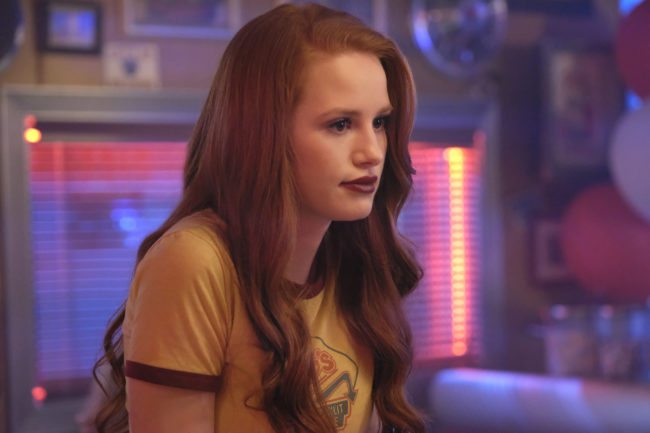
(Netflix)
Television hasn’t always been welcoming of bisexuals or LGBT characters in general.
In 2017, many fans protested the apparent wave of bisexual and lesbian women who were being killed off in shows, making the rare representation even more scarce.
Between 2015 and 2017, TV programmes killed off more lesbian and bisexual women than ever before, with a figure of 62 victims showing the ‘Bury Your Gays’ trope was alive and well.
Even when bisexuals aren’t killed off, the characters weren’t all good or accurate representations of bi people.
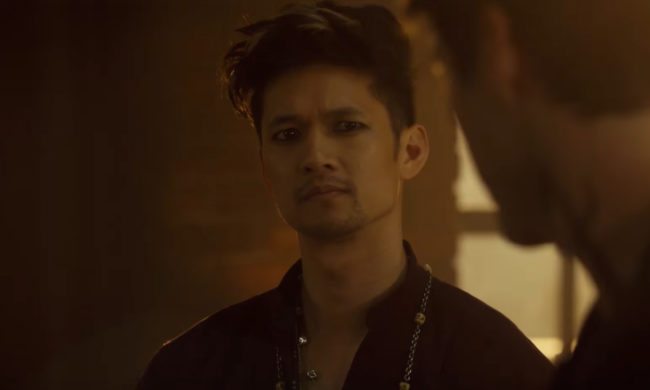
(Netflix)
In their report GLAAD highlighted that while bisexual people are increasingly represented in television, this representation can still be far from perfect.
“While representations of bisexual+ characters have improved in some ways, we do still see many characters whose schemes are tied directly to their bisexual+ identity,” the report states.
“Moving forward, we hope to see a broader variety of stories told. While not every character needs to or should be the “good guy”, they also should not all be manipulative villains.
“It is additionally imperative that if a character does happen to be the villain of a series, that their villainy is not directly tied to their orientation.”
Last year, Matilda star Mara Wilson spoke out about her arguments for ‘boring bisexual representation’.
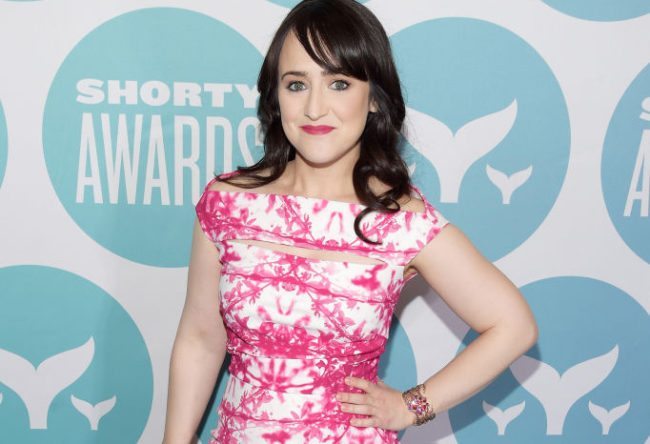
Mara Wilson (Photo by Jason Kempin/Getty Images for Shorty Awards)
The star, who came out as bisexual in 2016, explained how she and many other bisexual people didn’t feel represented by their portrayals on television.
“A lot of (bisexual) people are villains, they’re evil or they’re super sexy and I’m just sitting here drinking tea just trying to get my cats to come over,” Wilson quipped.
GLAAD’s report also highlighted that even when bisexual people are represented as the good guys, they are usually white.
GLAAD said: “Racial diversity of LGBTQ characters remains an area of concern. Of the 70 LGBTQ characters counted on streaming originals, 77 percent were white.
“All three platforms tracked here – broadcast, cable, and streaming originals – lacked LGBTQ characters of color.”
Many viewers have also pointed out that a lot of shows have a fear of saying the word bisexual.
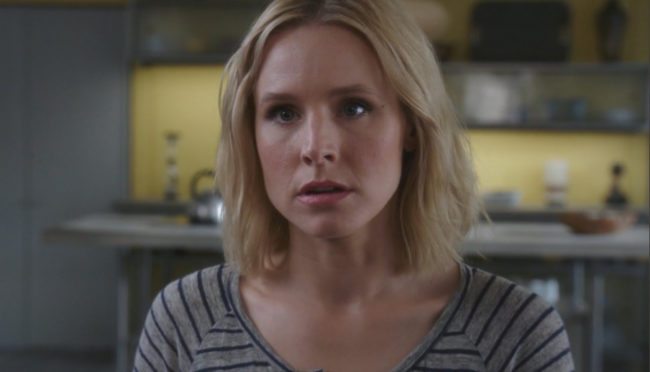
Eleanor Shellstrop in The Good Place (Netflix)
One recent example is the Netflix show The Good Place.
Some viewers have criticised the otherwise wholesome sitcom for not explicitly labelling protagonist Eleanor Shellstrop as bisexual, despite showing her attraction to both men and women.

(Photo: @keiynanick / Twitter)
Other shows including How to Get Away with Murder and Orange is the New Black have also been criticised for including characters who have had relationships with men and women but who reject any labels.
Many viewers have criticised these shows for shying away from saying the word ‘bisexual’, which some argue adds to the stigma surrounding bisexuality.
We hold out hope that the recent increase in bisexual representation in mainstream media signals the beginning of the end of what’s commonly been called bi-erasure.

